Why Veg? For the Planet
Animal agriculture practices are responsible for greenhouse gas emissions that rival those of transportation, mass deforestation, mass water consumption, and damage to our oceans and other ecosystems, threatening biodiversity. The impacts of animal agriculture on the environment are severe.
Global Warming Impacts
According to the United Nations Food and Agriculture Organization, animal agriculture directly accounts for 18% of global greenhouse gas emissions. By comparison, all combined emissions from transportation amount to 13% of global emissions. If you factor in the amount of GHGs that are emitted throughout the entire process of raising and feeding livestock, in addition to processing animals for their meat and all byproducts, the emissions debt of raising animals for food jumps to a staggering 51%.
Water Impacts
Water usage in animal agriculture far succeeds that of farming fruits and vegetables. To consider the water footprint of raising animals as food, we have to factor in not only what water the animals directly consume, but also the water that goes into farming for their feed. In the United States, 80-90% of water is consumed for agriculture, and 56% of that water is used just to grow the crops that are fed to animals raised as livestock. The most commonly agreed upon figure for water consumption to produce one pound of beef is 2,500 gallons. Other commonly consumed animal products are on the higher end of the spectrum for water consumption as well: 477 gallons of water per pound of eggs, 1,000 gallons of water for just one gallon of milk, and nearly 900 gallons of water for one pound of cheese. Compare these numbers to the lower quantities it takes to produce foods like lettuce (22 gallons/pound), apples (83 gallons/pound), or tofu (244 gallons/pound).
Deforestation Impacts
The Amazon rainforest is regarded as one of the most important ecosystems on Earth, housing important systems for precipitation, carbon storage, and biodiversity. Up to 91% of Amazon deforestation has been linked to animal agriculture for the purposes of leveling land to house livestock and the crops grown to feed them, and we’re losing around one acre of rainforest every second. At our current rate, it is estimated that we are losing 137 plant, animal, and insect species per year due to deforestation. Rainforests have more value if they are preserved for their ability to grow various plant-based foods and medicinal sources than if portions of them are cut down to make room to grow feed for or to house livestock.
Ocean Impacts
Our oceans are important ecosystems that impact overall global environmental health. The demand for fish and other sea animals for food is causing major issues in ocean biodiversity populations. Fisheries are depleting the oceans, and one study suggests “we could see fishless oceans by 2048” given our current depletion rates. The loss of the specific species that are caught and killed for food is devastating enough, but eating marine life also comes at the cost of the other animals caught and destroyed as bycatch each year. Bycatch is inadvertently caught by the billions each year, and is simply discarded. Even intended catch is often wasted, with numbers of fish caught for food that are eventually discarded reaching nearly 40% of the total catch annually (that’s 63 billion pounds of discarded marine lives for no reason other than overfishing). Not only are the oceans harmed directly by over fishing and population and biodiversity loss, but dead zones are being created in our oceans in part due to the colossal amount of animal waste runoff as a result of factory farming that is making its way into our waters. Dead zones are areas that have been depleted of oxygen to the point that they can no longer support marine life. Thankfully, unlike some of the irreversible damage that has been done to the atmosphere by GHG emissions, dead zones in our oceans can be reversed. By reducing or eliminating the contaminants that are creating these oxygen-depleted areas of ocean water, like those contributed by animal agriculture, these systems can heal themselves over time.
More resources:
Culinary Schools, Forbes, Forks Over Knives, Vegan Outreach, Vegan Society
